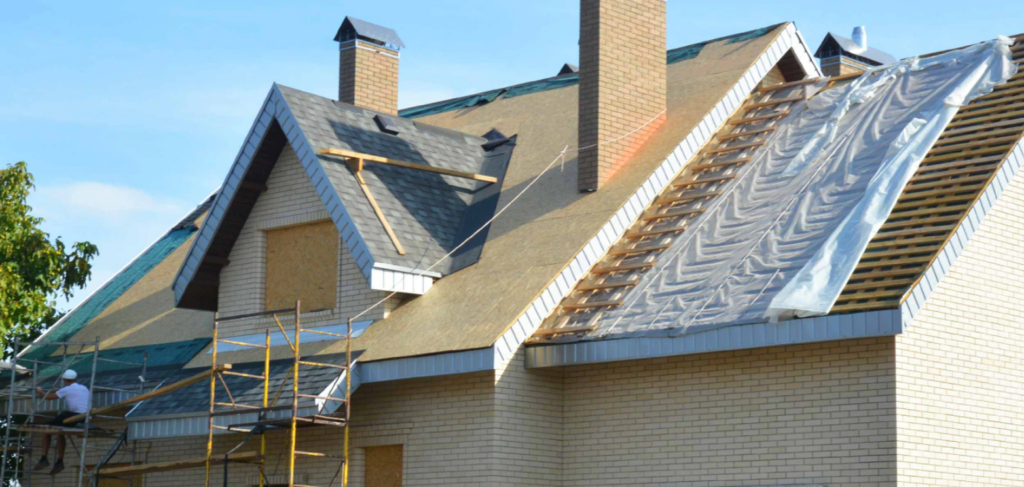Much like the conductor of an orchestra who ensures each musical note falls into place to create a harmonious symphony, homeowners too need to ensure every component of their residence is in prime condition. The roof, often overlooked, plays a melodious part in this domestic concerto. It shields against harsh weather conditions, giving a protective cover to the home’s valuable contents and its inhabitants.
Yet, when it comes to maintenance or replacement, many individuals are unsure of where to start – just as one would be puzzled maneuvering an orchestral score without understanding music.
This comprehensive overview serves as a score sheet for those navigating the intricate composition that is roof replacement. An understanding of when a new roof becomes necessary can be compared to identifying discordant notes within a melody — they disrupt harmony and call for rectification. Similarly, comprehending costs and choosing appropriate roofing materials are akin to recognizing which instruments will best deliver the desired sound quality without breaking budget constraints.
A well-executed performance requires both knowledge and precision; likewise does replacing your home’s rooftop require informed decision-making based on detailed information provided herein.
Identifying the Need for a New Roof
What signs should one look for in detecting the necessity of a new roof?
The initial step towards acknowledging the need for a roof replacement is understanding and identifying the potential indicators.
These signs range from visible structural damage such as missing or cracked shingles, sagging sections of the roof, to leaks and water stains on interior ceilings or walls.
The presence of dark streaks or greenish growth (moss) is an additional indication that moisture is trapped under the roofing material, which could lead to significant issues if not addressed promptly.
Furthermore, it’s important to consider age as a crucial factor; most roofs have a lifespan ranging from 20 to 25 years depending on materials used and weather conditions they are exposed to.
A careful examination of these signs can facilitate timely decision making regarding roof replacement.
It protects against incremental damage that could devalue property and jeopardize safety.
Regular inspections and maintenance checks are recommended for early detection, particularly after severe weather events known for causing significant harm like hailstorms or strong winds.
In case homeowners notice granules—pieces of shingles—in gutters, it’s frequently an indicator that the protective layer is wearing away which may necessitate roof replacement.
Understanding these vital signs fosters a sense of belonging among homeowners, giving them control over their living spaces while ensuring their homes stay safe and aesthetically pleasing over time.
Understanding the Costs and Choosing Materials
Delving into the intricacies of cost evaluations and material selection is a pivotal step in ensuring a successful renovation project. A comprehensive understanding of these factors enables homeowners to make informed decisions that align with their budgetary constraints and aesthetic preferences.
The cost of roof replacement can vary considerably, depending on several aspects such as the size and pitch of the roof, its accessibility, geographical location, complexity of the job, old roofing removal costs, and labor charges. Material selection also significantly impacts the overall expense. Some popular roofing materials include asphalt shingles, wood shakes or shingles, metal roofing tiles or panels, clay or concrete tiles.
Simultaneously cognizant of both practicality and aesthetics, homeowners are encouraged to evaluate various roofing materials based on durability, life expectancy, maintenance requirements, energy efficiency rating as well as visual appeal.
Asphalt shingles are widely chosen for their affordability yet reasonable lifespan; however they lack somewhat in terms of energy efficiency compared to other options. Metal roofs offer high durability and excellent solar reflectance but may exceed certain budgets due to higher upfront costs. Clay or concrete tiles promote longevity coupled with an attractive appearance but involve substantial installation expenses.
Thusly comprehending these trade-offs ensures a conscientious choice that supports long-term satisfaction with one’s home improvement investment.

